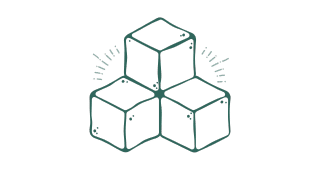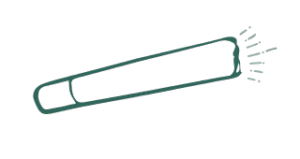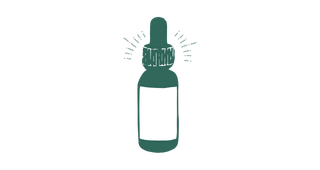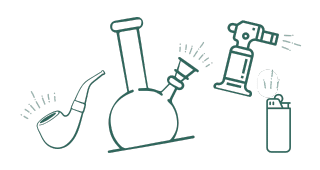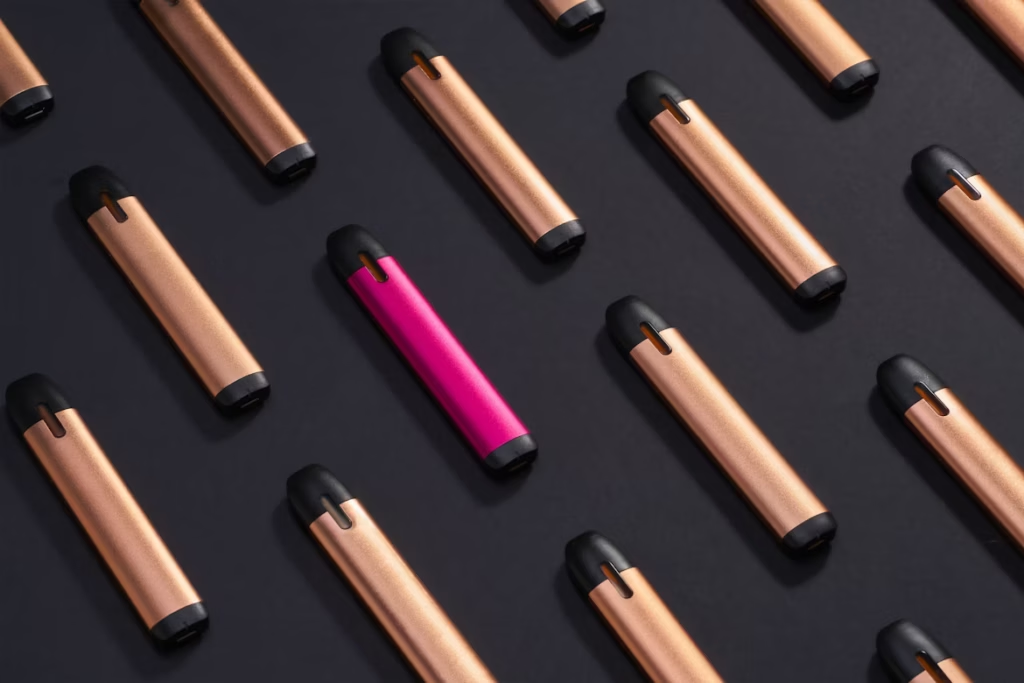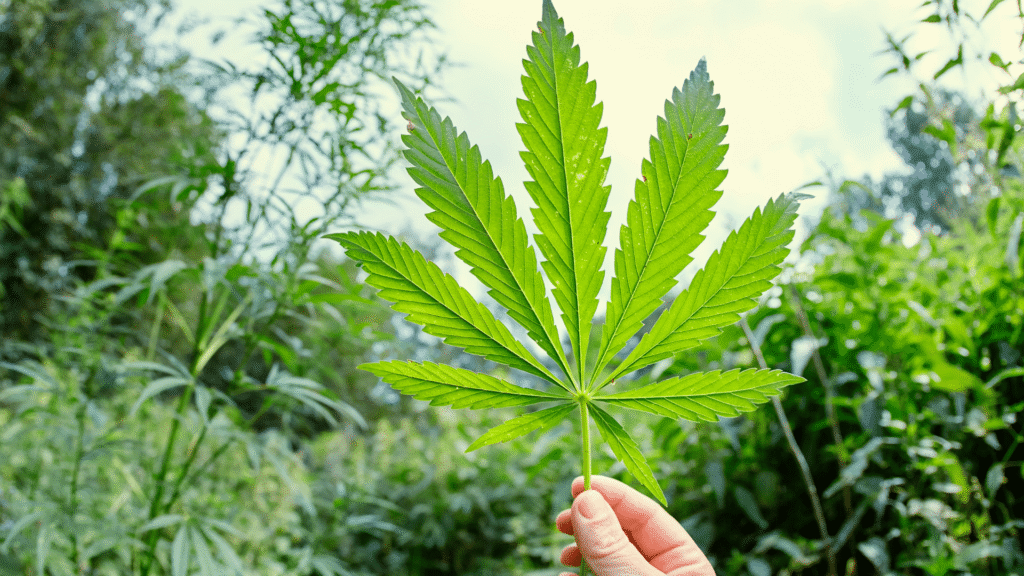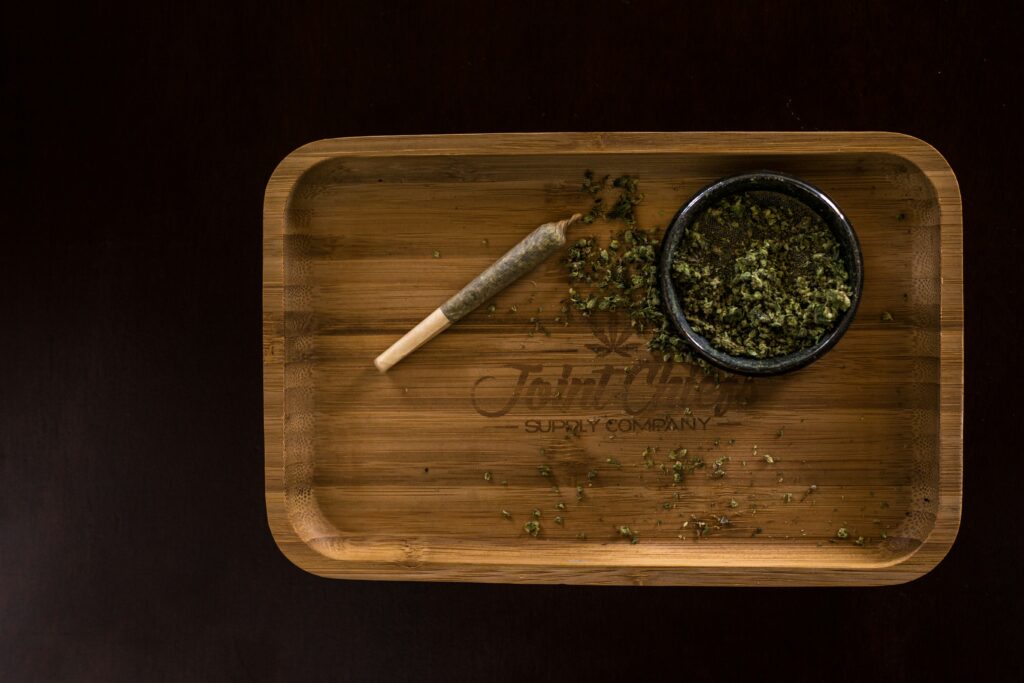Topical preparations using cannabis are nothing new, but they're enjoying a surge in popularity as researchers dig deeper into the many benefits of CBD, THC and other cannabinoids. While CBD creams, lotions and serums have been widely available for a few years, THC lotions and THC creams are relative newcomers. Read on to learn more about how these new products can fit into your lifestyle and wellness routine, and get answers to the most frequently asked questions about topical THC products.
What Are Cannabis Topicals?
Cannabis topicals are creams, ointments, oils, lotions and other products infused with cannabis and meant to be applied to the skin. They come in many different forms and applications — you can rub them on, roll them on or soak in them. Some contain only CBD isolate, while others contain THC, terpenes and other cannabinoids. Here's an overview of the benefits of topical THC products and how they work.
Benefits of THC Topicals
People have been using ointments and salves infused with cannabis for centuries. As early as the 1st century, Pliny the Elder was recommending poultices soaked in a decoction of cannabis roots to treat gout, stiffness in the joints and other inflammatory conditions. Over the centuries, herbalists and other practitioners of traditional medicine used cannabis in compresses, poultices, decoctions — even mixed with butter to make a salve that could be applied to burns to relieve the pain.
Thanks to the vilification of cannabis, modern research is just getting started but already suggests that the ancients just may have been onto something. Scientists are currently exploring the benefits of topically applied cannabis for a wide number of potential uses, including:
- May reduce inflammation and relieve pain associated with peripheral neuropathy .
- Reduction of pain and inflammation associated with certain types of arthritis.
- Alleviation of pain and itching.
- May help with wound healing.
- May help reduce tension and relieve anxiety.
- May reduce the symptoms associated with psoriasis and other skin disorders.
- Potent antioxidant activity.
- As a "promising" treatment for acne.
Why THC Topicals Provide Relief
In order to understand how cannabis topicals work, you need to know a little about the body's endocannabinoid system (ECS). Scientists are only just beginning to probe the full breadth of the ECS's functions within the body, but they already know that it helps regulate nearly all of your body's functions, including appetite, immune responses, digestion, memory, metabolism, sleep and pain. It consists of three major parts:
- Endocannabinoids, similar to the phytocannabinoids found in cannabis and some other plants.
- Nervous system receptors, which are activated by cannabinoids.
- Metabolic enzymes, which break down the cannabinoids.
Cannabis affects your body when the plant cannabinoids bind to the nervous system receptors and activate them in the same way that your body's natural chemicals do. There are two main types of cannabinoid receptors: CB1, which are located mostly in the central nervous system, and CB2, which are found in the peripheral nervous system — that is, anywhere that your nerves reach, including and most especially your skin.
Both THC and CBD can bind to the CB2 receptors on the surface of your skin, where they stimulate an almost immediate, localized reaction. Because the THC in most topical products doesn't reach your bloodstream, it doesn't have the psychoactive effects — that buzzy, high feeling — we typically associate with THC.
What Are the Ways To Use Cannabis Topicals?
Cannabis topicals come in many different forms — creams, salves, roll-on sticks, balms and ointments, to name a few. Generally, you use them by applying them to the area where you need relief, and reapply them as needed. They're an excellent option for people who want to reap the health benefits of cannabis in a way that's targeted to relief at a specific site. Because you rub it on where you're sore, you get quick relief from the pain without getting a head high.
More important than the form — cream, massage oil, balm, etc. — is the specific ingredients in the topical product. Strain-specific products try to emulate as closely as possible the terpene and cannabinoid profile of the original plant. In addition to the cannabinoids, terpenes and other phytochemicals, they may also include other ingredients that have specific properties — peppermint for cooling, for example, or cayenne for warmth. They're ideal for relieving — or staving off — muscle soreness after a vigorous workout, or rubbing into your wrists and hands during a long day of typing or other repetitive movement.
Products formulated with calming strains of cannabis — perhaps mixed with lavender or other essential oils — may help reduce overall tension, especially when applied to the temples. And if you find your sleep disturbed by chronic pain or muscle tension, applying a soothing salve before bedtime can help ease tight muscles and make it easier to fall asleep.
Frequently Asked Questions About THC Topicals
These are some of the most frequently asked questions about topical cannabis products — and the answers, of course!
Will THC Creams Get Me High?
In a word, no. As noted above, when you apply a product containing THC to your skin, it doesn't enter your bloodstream, so it never makes it to your brain. That means you get the therapeutic effect without the buzz.
However, people often confuse topicals with transdermal products such as patches. Unlike creams, ointments and other topicals, these are designed to enter the bloodstream. It's important to always read the label and ask questions to be sure that you're getting the product you expect.
What Does It Feel Like When I Use a Cannabis Topical?
That depends on the specific product and the ingredients in it. In general, with any topical cannabis product, you'll start to feel relief within minutes — sometimes before you even finish applying it. Depending on the specific terpene profile and any other essential oils or therapeutic ingredients, you may feel a slight tingling sensation, some warmth or a cooling sensation, similar to what you'd feel with an over-the-counter sports liniment. Mostly, what you'll feel is the absence of pain, itch or other discomfort. The relief typically lasts for 1 to 2 hours, and the topical product can be reapplied throughout the day.
What's the Difference Between a CBD Cream and a THC Topical?
CBD creams and lotions are everywhere you look these days. Most are made using hemp seed oil or CBD isolated from the cannabis plant. Their distinguishing feature is that they contain no THC. Full spectrum cannabis topical products include THC along with other terpenes and phytochemicals. The best research available suggests that you'll get more therapeutic benefits from combining THC and CBD than from using CBD alone.
How Do I Find the Right THC Topical for Me?
A lot of it depends on personal preference and on the effect you're hoping to achieve. Here's a quick rundown of the types of topicals available and the differences between them.
Balms are typically the hardest type of topical. They generally have a beeswax base and are used to relieve sore muscles or assist in the recovery process after a workout. There are also THC lip balms on the market that are easy to apply and very helpful in soothing chapped lips.
THC lotions and creams usually have water and moisturizing agents added to the base. They're lighter than ointments and are absorbed more quickly into the skin. They're a good option for face cream or to help soothe skin irritation.
Salves rank between lotions and balms for texture. They're lighter than a balm but oilier than a lotion.
Cannabis ointments are typically the oiliest of the topical formulations. Because they have a high concentration of oil, they often have a higher concentration of cannabis in them. They're a good choice for pain relief and moisturizing.
Will Topical THC Products Register on a Drug Test?
Based on current research , using most topical cannabis products will not cause a positive reading for cannabis in blood or urine because the THC doesn't reach your bloodstream. This is not true, however, for transdermal patches containing THC, which are designed to enter the bloodstream.
If you have more questions about THC lotions and other THC topicals, check in with one of our experienced budtenders. They can help you understand the differences between the various products and guide you toward the products that are the best fit for your needs and lifestyle.
Deb Powers is a Massachusetts freelance writer who has been writing about cannabis and other wellness topics for nearly two decades. Her writing has appeared on Civilized.Life, SFGate and numerous industry websites and publications.
References:
U.S. News - Do Topical CBD Products Work?
Forensic Science International - Topical Application of THC Is Not Able To Cause Positive Cannabinoid Finding in Blood or Urine
Cannabis Cannabinoid Research - Cannabis Roots: A Traditional Therapy With Future Potential for Treating Inflammation and Pain
Pharmaceutics - Topical Treatments and Their Molecular/Cellular Mechanisms in Patients With Peripheral Neuropathic Pain
Pharmacological Reports - Cannabinoid-Based Therapy as a Future for Joint Degeneration
Trends in Pharmacological Science - The Endocannabinoid System of the Skin in Health and Disease: Novel Perspectives and Therapeutic Opportunities
Molecules - Cannabinoid Signaling in the Skin: Therapeutic Potential of the “C(ut)annabinoid” System
Healthline - Can CBD Help Treat Acne?
Leafly - Why CBD Works Better With a Little THC
SF Weekly - Defining the Differences: CBD Topicals




